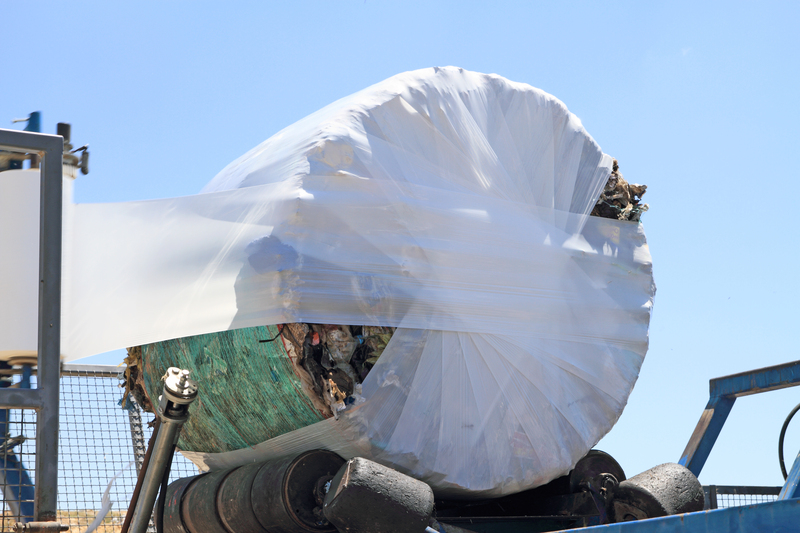Second Life for Old Outfits
Have you ever looked into your closet and felt like you have nothing to wear, despite a burgeoning collection of clothes? Or do you have sentimental pieces that you can't bear to part with, yet you never use? Giving a second life to your old outfits can solve both these dilemmas while being eco-friendly. This article will explore how you can revitalize your wardrobe and the benefits and drawbacks of doing so.
Why Give a Second Life to Your Old Outfits?
Fast fashion has led to an overproduction of clothing, resulting in massive waste. By reusing and repurposing old outfits, you're contributing to a more sustainable world. Besides, it's a fun and creative way to express personal style.

Decide What to Keep and What to Donate
Before you can revive your old outfits, you need to sort through your wardrobe. What should you keep, and what should you donate or discard?
- Keep: High-quality, versatile pieces that still fit and are in good condition.
- Donate: Items that no longer fit, are outdated, or no longer bring you joy.
- Discard: Torn, stained, or damaged beyond repair items.
Get Creative with DIY Projects
One of the most fulfilling ways to breathe new life into old outfits is through Do-It-Yourself (DIY) projects. Here are some ideas:
- Custom Patches: Cover stains or rips with unique patches.
- Dyeing: Transform faded clothes by dyeing them a new color.
- Resizing: Alter larger items to fit better, or transform long dresses into trendy tops.
- Embroidery: Add intricate designs to plain fabrics to make them special.
Mix and Match to Create New Outfits
One of the simplest ways to start using your old clothes again is by creating new combinations you haven't tried before. Some tips to keep in mind:
- Layering: Combine different textures and layers to create depth. For example, wear a summer dress with a leather jacket and boots for a fresh look.
- Accessorize: Use accessories like belts, scarves, and jewelry to refresh an old outfit.
- Seasonal Adaptation: Repurpose summer outfits by adding layers for winter wear.
Consignment and Clothing Swap
If DIY isn't your thing, consider other alternatives like consignment stores and clothing swaps. Both options are eco-friendly and financially savvy ways to give your closet a makeover.
- Consignment: Earn some extra cash by selling high-quality items.
- Clothing Swap: Exchange items with friends or participate in community clothing swaps.
Pros and Cons
- Pros:
- Environmental impact by reducing waste.
- Cost-effective way to refresh your wardrobe.
- Opportunity to develop new creative skills.
- Sentimental value retained by keeping loved items.
- Cons:
- Time-consuming to execute DIY projects.
- Initial skill level might be a barrier.
- Inconsistent results if not done correctly.
- Potential reluctance to part with items.
Tips for Success
- Start with simple DIY projects to build confidence.
- Consult online tutorials and guides for complex alterations.
- Don't rush the sorting process; it helps to be thoughtful.
- Invest in basic sewing supplies for frequent alterations.

Takeaways
- Repurposing old outfits offers a sustainable and cost-effective wardrobe solution.
- DIY projects not only extend the life of clothes but also provide an outlet for creativity.
- Mixing and matching pieces can completely refresh your wardrobe without new purchases.
- Consignment and clothing swaps are also viable options for recycling clothes.
Conclusion
Giving a second life to old outfits is more than just a trend; it's a commitment to sustainable fashion and personal creativity. While there are challenges, the rewards--both environmental and personal--are well worth the effort. Why settle for a stagnant wardrobe when you can continually evolve your style by reimagining what you already own?
